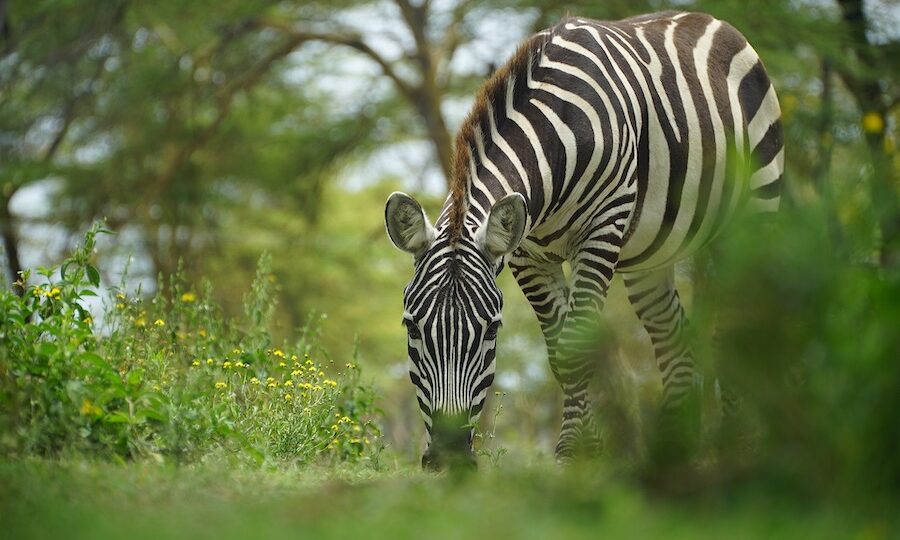Best time to visit Kenya for safari and beach getaway
The Kenyan climate is ideal for year-round bush and beach holidays, with moderate to equatorial temperatures ensuring comfort during daytime activities. In the evenings and early mornings, a light jacket may be needed in the cooler areas.
Understanding the wet and dry seasons helps you plan your safari and coastal explorations. Climate change also affects weather patterns, so staying in touch with local guides ensures you have the latest information.
From July to October, Kenya experiences its longest dry season, which is also the cooler period. Wildlife is more abundant during this time as animals gather around permanent water sources.
The sparse vegetation leads herbivores to open plains, attracting predators. This peak season for wildlife viewing is the most expensive time to travel, but there are fewer mosquitoes.
During this period, the great migration of wildebeest from Serengeti to Maasai Mara occurs, creating a spectacular sight.
From November to May, expect a mix of wet and dry conditions. The scenery is lush, and hotel rates are lower, making it more affordable. Newborn animals and migratory birds are common sights. While March to May can bring continuous rains, most parks have designated tracks for game drives.
Some camps may close for renovations in April and May. If you prefer less crowded areas, this is a great time to visit, except during the festive season.


